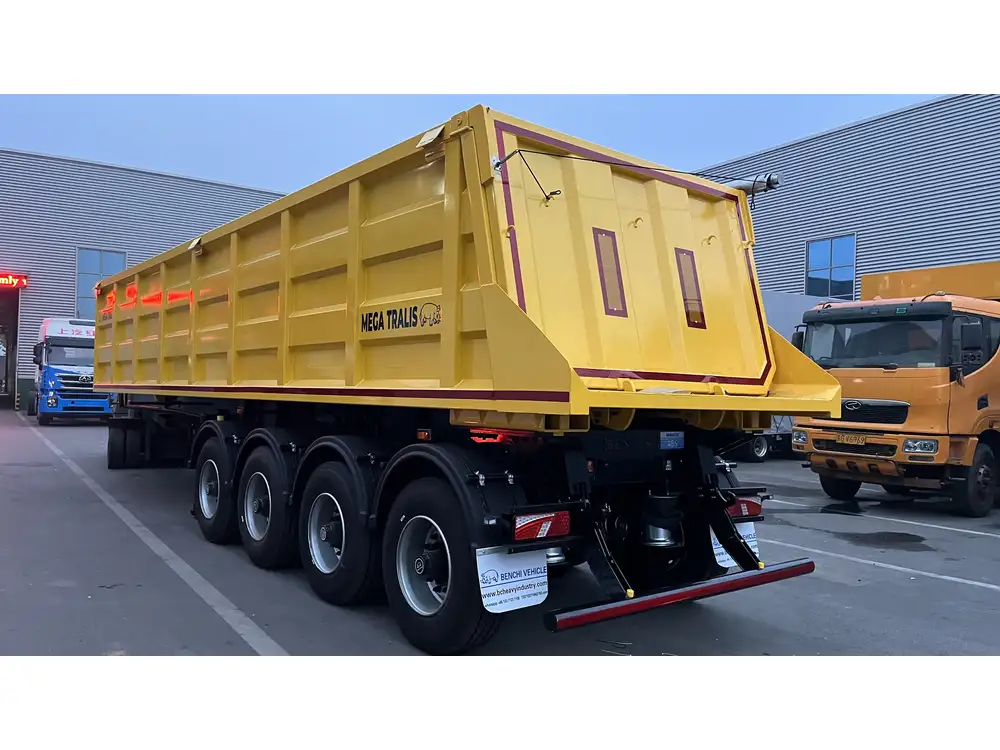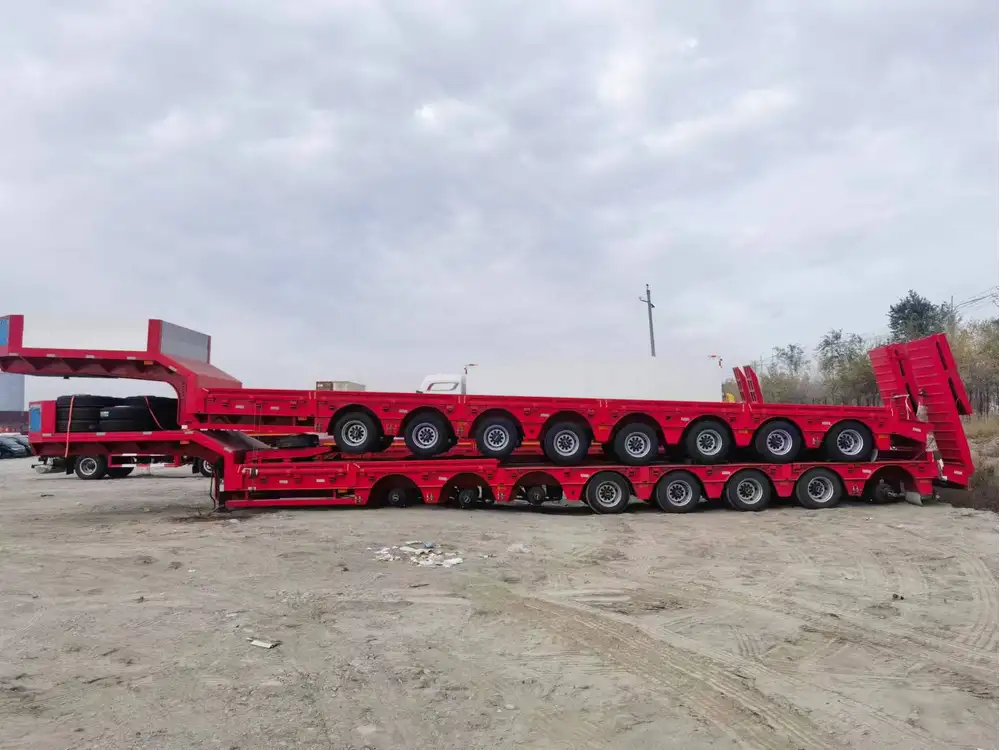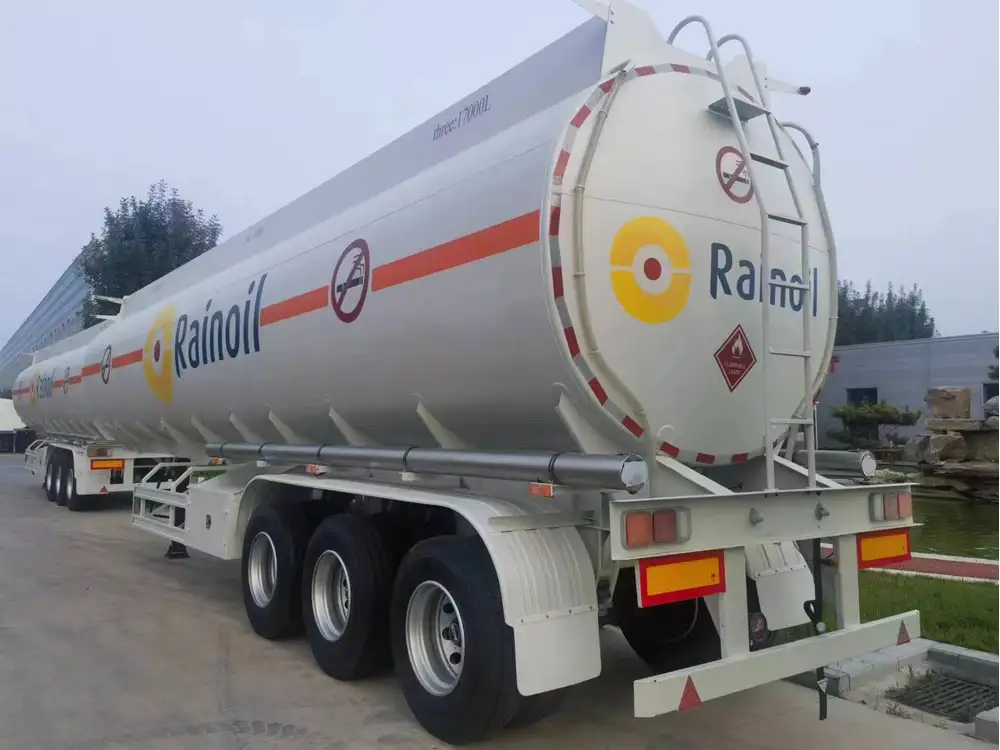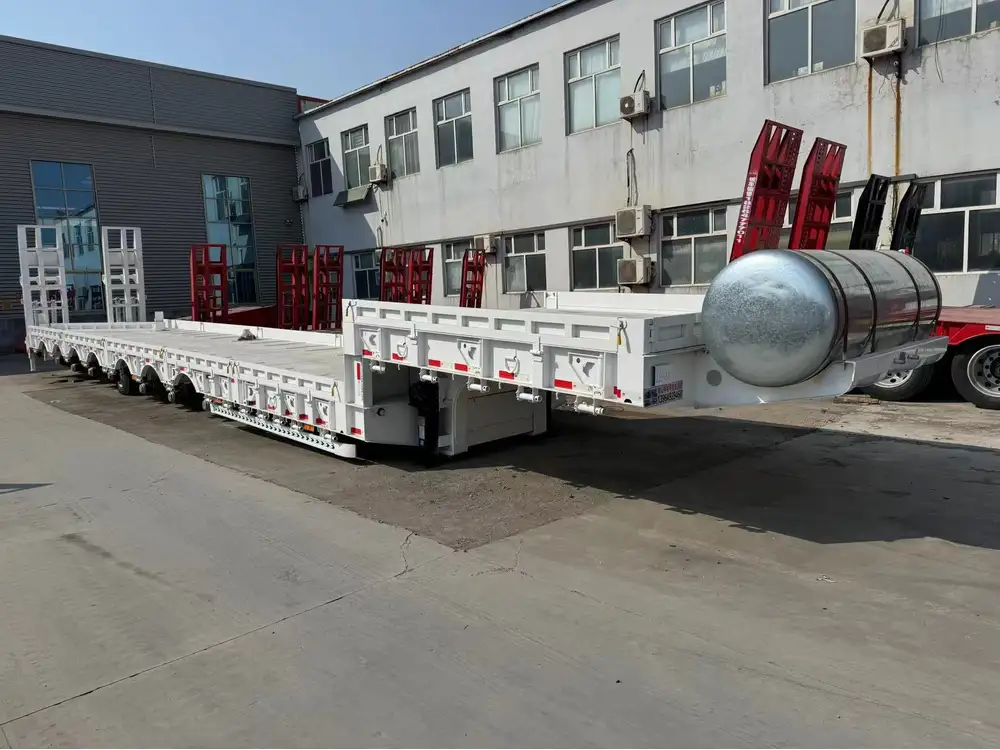When it comes to transporting loose materials, securing the load is paramount for safety and compliance with transport regulations. An essential item in this regard is a tarp, which serves to cover and secure the contents of dump trailers. Here, we outline an intricately detailed guide on how to install a tarp on a dump trailer efficiently.
Understanding the Components of a Tarp System
Before delving into the installation process, it’s critical to familiarize ourselves with the components of a tarp system designed for dump trailers. The standard system contains:
| Component | Description |
|---|---|
| Tarp | Durable fabric used to cover the load. Common materials include vinyl, polyethylene, or canvas. |
| Tarp Roller | A cylindrical rod that facilitates the rolling and unrolling of the tarp. Usually mounted at the front of the trailer. |
| Tarp Straps/Cord | Elastic or heavy-duty ropes used to secure the tarp to the trailer. |
| Grommets | Reinforcement holes in the tarp material that allow for secure attachment via hooks, straps, or cords. |
| Pulley System | Optional mechanical system to assist in deploying the tarp, especially on larger trailers. |
Preparing for Installation

Necessary Tools and Materials
Gathering the right tools and materials is essential. Here’s a checklist:
- Tarp (sized appropriately for the dump trailer)
- Tarp roller or pulley system
- Tarp straps or cord
- Grommet kit (if installing grommets)
- Frame or hooks for securing
- Measuring tape
- Scissors or a tarp cutter
- Safety gloves and goggles
Safety Precautions
Before installation, safety is a top priority. Ensure to wear gloves and goggles to protect against sharp edges and debris. Furthermore, ensure the trailer is parked on a level surface, and engage the parking brake.
Step-by-Step Installation Process

1. Measure the Tarp Size
To achieve optimal coverage, it’s imperative to measure the dump trailer accurately. The tarp should extend beyond the sides of the trailer by at least one foot to ensure complete coverage.
- Length Measurement: Measure from the front to the tailgate.
- Width Measurement: Measure from one side of the trailer to the other.
2. Prepare the Tarp
If necessary, cut the tarp to the required size. Follow these tips for preparation:
- Grommet Installation: If the tarp doesn’t have grommets, install them using the grommet kit. Place grommets approximately 12-18 inches apart along the edges, as shown below:
| Location | Distance from Edge |
|---|---|
| Along the sides | 12 inches |
| Across the front | 12 inches |
| Across the rear | 18 inches |
3. Install the Tarp Roller
Mounting the tarp roller is a vital step in the process. Here’s how it should be done:
- Identify the front edge of the trailer where the tarping system will rest.
- Position the tarp roller in line with the center of the trailer width.
- Use bolts or brackets to secure the tarp roller to the trailer, ensuring it’s tightly firm.

4. Attach the Tarp to the Roller
With the tarp prepared and roller in place, it’s time to attach the tarp properly:
- Roll Out the Tarp: Position the tarp on the roller, lining it up so that it is evenly distributed across the width.
- Secure the Leading Edge: Use the provided straps or cord to fix the leading edge of the tarp to the roller, ensuring no slack exists.
5. Secure the Tarp to the Trailer
Once the tarp is attached to the roller, it’s time to fasten it securely to the trailer:
- Use Tarp Straps: For optimal tightening, use tarp straps or bungee cords to stretch across the width of the tarp, attaching at intervals to the side walls of the trailer. This will create a tight fit and prevent flapping during transit.
- Grommet Connections: Utilize hooks through the grommets to anchor the tarp to the trailer frame effectively, distributing tension evenly across the entire surface.
6. Test the Deployment Mechanism
After securing the tarp, it’s essential to test the movement of the tarp roller and the overall tarp deployment mechanism. Here’s how:
- Roll Up the Tarp: Pull the strap or handle connected to the tarp roller to see how smoothly the tarp rolls.
- Unroll to Check Fit: Release the tarp to its full length, ensuring it covers the load adequately and securely. Look for any areas that may require additional adjustment or extra tension.

Maintenance and Troubleshooting Tips
Regular maintenance ensures the longevity of your tarp and its components. Consider implementing the following practices:
Regular Inspections
- Tarp Condition: Frequently inspect the tarp for rips, tears, or sun damage. Repair any damages promptly to avoid wear and tear.
- Roller and Mechanism: Ensure the tarp roller operates smoothly, applying lubricant as needed.
Common Issues and Solutions
Identifying potential problems early can save time and prevent accidents. Common issues may include:
| Issue | Solution |
|---|---|
| Tarp flapping during transit | Increase the tension or add additional straps. |
| Tear in tarp material | Patch with tarp repair tape, or replace if too extensive. |
| Roller jams during deployment | Clean roller and check for obstructions. |

Conclusions
Installing a tarp on a dump trailer is not merely a task but a vital responsibility that ensures safety, legality, and efficiency during transport. By following the steps outlined in this guide, users can achieve a secure and professional-grade installation, granting peace of mind throughout their material transportation activities. Regular maintenance and attention to common issues can enhance the life and functionality of your tarping system, ensuring smooth operations for years to come.
In summary, understanding the materials, tools, and methods involved in securing a tarp on a dump trailer is essential for operators aimed at achieving mastery in the roadway profession. For optimal results, always prioritize quality components and adopt a routine maintenance schedule to keep the tarp system functioning effectively.



